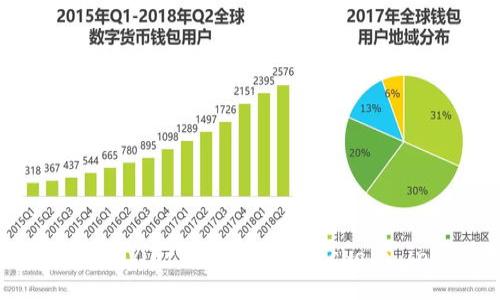Introduction:
Blockchain infrastructure refers to the underlying technology and architecture that supports the operation of blockchain networks. It includes hardware, software, protocols, and standards that are necessary for blockchain networks to function effectively and securely. In the world of blockchain, there are many technical terms and abbreviations that can be confusing to those who are new to the field. One such abbreviation is the shorthand for blockchain infrastructure. In this article, we will explore what it is and what the abbreviation for it is.
What is the abbreviation of blockchain infrastructure?
The abbreviation of blockchain infrastructure is "BCI". This term is often used to refer to the technical architecture and underlying infrastructure that support the operation of blockchain networks. When people say "BCI", they are referring to the hardware, software, protocols, and standards that are necessary for blockchain networks to function effectively and securely.
What is blockchain infrastructure?
Blockchain infrastructure refers to the underlying technology and architecture that supports the operation of blockchain networks. It includes the hardware, software, protocols, and standards that are necessary to keep the blockchain secure, trustworthy, and functional. Blockchain infrastructure is essential to the functioning of any blockchain network, and it must be designed and implemented carefully to avoid security vulnerabilities or other issues.
What are the components of blockchain infrastructure?
The components of blockchain infrastructure can vary depending on the specific blockchain network. However, most blockchain networks share some common components. These include:
1. Nodes: Nodes are computers that participate in the blockchain network by running software that communicates with other nodes to validate transactions.
2. Consensus protocols: Consensus protocols are the rules that govern how nodes agree on the state of the blockchain. They ensure that all nodes come to the same conclusion about the state of the blockchain at any given time.
3. Block structure: The block structure refers to how transactions are grouped together in blocks, and how those blocks are linked together to form a blockchain.
4. Security mechanisms: Blockchain networks must be secure to prevent attacks and fraud. Security mechanisms include encryption, public key cryptography, and other techniques.
How important is blockchain infrastructure?
Blockchain infrastructure is essential to the functioning of any blockchain network. Good infrastructure can help ensure that the network is secure, trustworthy, and efficient. Poor infrastructure can lead to security vulnerabilities, slowdowns, and other issues that can undermine the integrity and reliability of the blockchain network.
How is blockchain infrastructure being developed?
Blockchain infrastructure is constantly evolving and being developed. There are many organizations and companies working on developing better blockchain infrastructure, including hardware vendors, software developers, and standards organizations. Many new blockchain infrastructure projects are also being funded through initial coin offerings or other forms of investment.
What are some examples of blockchain infrastructure?
Examples of blockchain infrastructure include the Ethereum Virtual Machine (EVM), which is the software platform that runs smart contracts on the Ethereum blockchain. Another example is Hyperledger Fabric, which is a permissioned blockchain infrastructure developed by the Hyperledger consortium. Additionally, there are many hardware vendors and software development companies that are developing tools and technologies to support blockchain infrastructure.
Conclusion:
Blockchain infrastructure is the underlying technology and architecture that supports the operation of blockchain networks. It includes hardware, software, protocols, and standards that are necessary to keep the blockchain secure, trustworthy, and functional. The abbreviation for blockchain infrastructure is "BCI". Good infrastructure is essential to the functioning of any blockchain network, and it is constantly evolving and being developed. Examples of blockchain infrastructure include nodes, consensus protocols, block structure, security mechanisms, and other tools and technologies.


